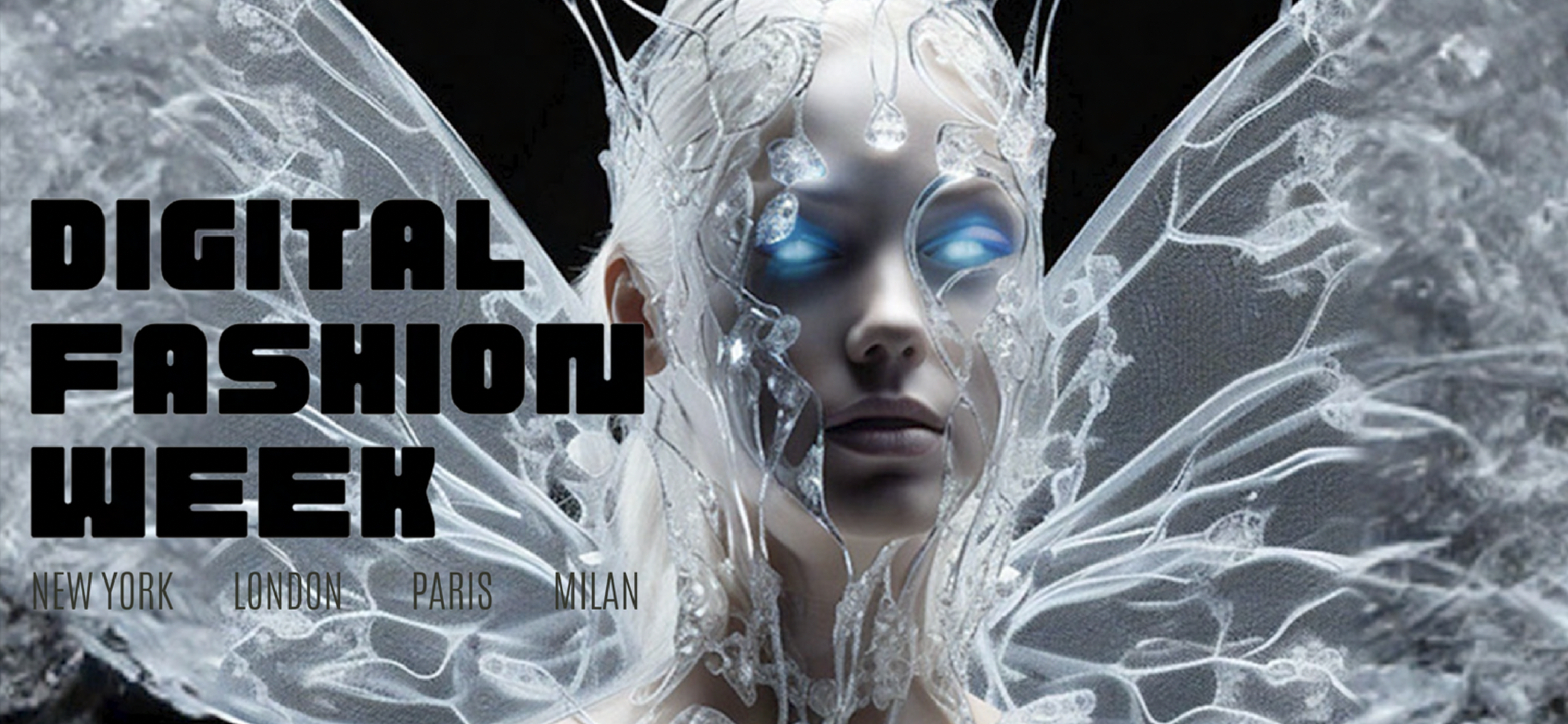Technology is Rapidly Impacting the Our World —for Artists and Viewers
Background art: @adienynunez,
Phygital Cities of the Future. This groundbreaking NFT exhibition will showcase artworks by artists who create in the public sphere alongside digital artworks by artists moving into the physical sphere. “PHYGITAL CITIES OF THE FUTURE” by @codaworx. This was their first NFT exhibition @madarts_space Dania Beach, Florida.
Technology has brought about a profound transformation in the realm of art, reshaping both the process of creation for artists and the experience of consumption for viewers from 6 months old and on. We no longer view most art in person, but on our devices. With the advent of digital tools and platforms, artists now have a vast array of resources at their disposal, enabling them to experiment, collaborate, and distribute their work with unprecedented ease. This is part of the reason we founded Juniper Rag.
Digital software has revolutionized the creative process, offering new mediums for expression and fostering innovative approaches to artistic practice. From digital painting to virtual reality installations, artists are exploring novel ways to engage new audiences and push the boundaries of traditional art forms at every turn, smart organizations like airports and common public art spaces understand the value of injecting vibrant art into unexpected viewing locations. Technology has also facilitated the democratization of art, allowing artists to reach a global audience and connect with peers and patrons across geographical boundaries, from Miami to Massachusetts and Mozambique.
Art by NONOTAK / Noemi Schipfer & Takami Nakamoto from Phygital Cities of the Future at Mad Art, Dania Beach, Florida
Technology has also fundamentally changed how audiences interact with and consume art, fashion and consumerism in general. Two words: The Sphere.
The internet and digital platforms have made art more accessible than ever before, enabling viewers to discover, explore, and appreciate a vast array of artworks from the comfort of their own homes. Crucial ways that artists have adopted technology are social media platforms and online galleries providing platforms for artists to showcase their work and engage with audiences directly, while streaming services offer convenient access to a wealth of cultural content.
Technology has enabled personalized experiences for viewers, with algorithms and data-driven insights shaping recommendations and curatorial choices. However, this digital shift has also raised questions about the future of traditional art institutions and revenue models, as well as concerns about issues such as digital piracy and the commodification of art in the digital age. These are all questions that make our dialogue that much more interesting. Where ARE we going? Much is uncertain because of the speed in which advances are coming, but what we do know, is that future-forward thinkers are at the forefront of the creative landscape. We love examples from our past to create impact about what we focus on today.
Image via Digital Fashion Week
Visionary creatives like Clare Tattersall, Founder of Digital Fashion New York, (Juniper Rag V.2, page 30) has already expanded her network with events in Milan and Paris. With a compelling mission, Digital Fashion Week aims to influence the future of fashion by exploring innovation in the fashion industry from design concept to consumer. Clare’s work is helping to change global design thinking of the entire industry of fashion and she and her collaborative partners are effectively disrupting the manufacturing process with example, awareness and rapidly growing events around the world. The philosophy is making waves and the visual impact is being refined exponentially every day. Digital Fashion Weeks says “We believe that knowledge is power and it is better when it is shared. We believe that fashion can create positive change in the world and be a leader in new practices. We see that individual artists and global brands can be collaborators, bringing diverse skills to new initiatives to effectively retool the fashion design process and change the way we interact with fashion.”
Visionary, Clare Tattersall, the Founder, Director of Digital Fashion Week NY and the founder of The Drip, a haute couture digital fashion boutique. With two decades of experience innovating at the intersection of fashion design x technology, she launched DFWNY to provide a lens into the future of the fashion industry by exploring unconventional approaches to how we interact with fashion. Before founding Digital Fashion Week NY, she co-created a software to align the design-to-sales process into a single virtual experience and developed wearable technology products. Clare also takes time to teach children about digital fashion and tech, further bridging the gap by making the future tangible for our youth. Clare has been featured in Vogue Business, Vogue, and other publications around the world. Clare is also sits on the advisory board for the Metaverse Fashion Council, with a mission to invest In the new economy empowered by AI, Web3, and Blockchain technology. They develop state-of-the-art solutions within the Metaverse. Learn more here.
While technology has opened up new possibilities for artistic expression and engagement, it also presents challenges that artists and audiences alike must navigate in order to ensure the continued vitality and relevance of the arts in the 21st century.
The frontier is exciting as hell. We encourage contemporary artists and art lovers to learn more about the possibilities of the future. Join us for VANGUARD.
an international, virtual exhibition
CALL DATES: MARCH 24 - MAY 5
Artist Notifications: May 15, Show runs June 1-30
***NEW AWARDS INTRODUCED FOR VANGUARD***
MIAMI-BASED CURATOR:






